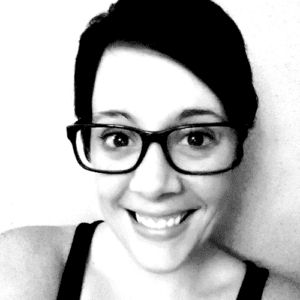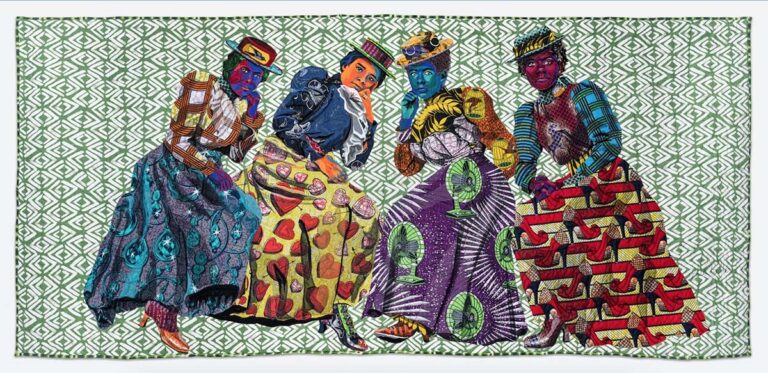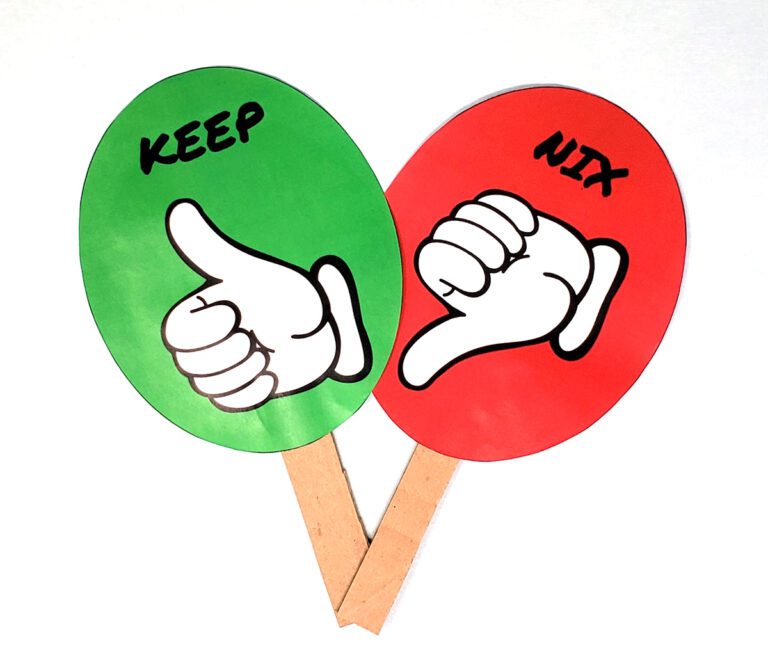Interest in Teaching for Artistic Behaviors, or TAB, is at an all-time high. Many teachers want to learn more about using it in their classrooms but get stuck on some common questions. For example: if students are all doing different things, how do you grade work and learning? It’s easier than you think if you can shift from a product-based mindset to a concept-based one. Read on for some tips that make assessing in a TAB classroom user-friendly.
Here are 3 steps to take when assessing in a TAB classroom.
1. Plan lessons based on concepts.
Planning lessons this way is a big paradigm shift. Most art teachers, including myself, were trained to plan lessons around the product to be created or the material students will use. Instead, develop lessons by starting with the concept you plan on teaching. I base my plans on a list of Artistic Behaviors that I developed with my department team. However, specific standards are great jumping off points too. Just make sure that the concepts ask for a big-idea type of thinking.
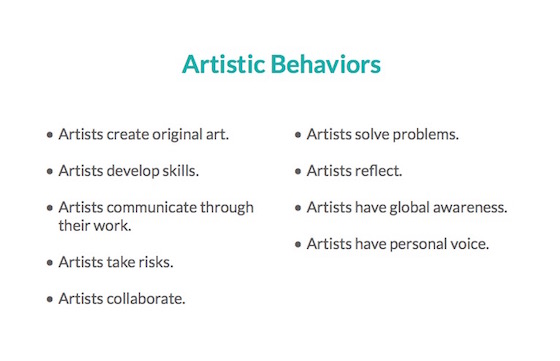
2. Set clear learning objectives.
Once you have your concept set, the next step is to set learning objectives. For example, one of the Artistic Behaviors I teach is “Artists Solve Problems.” This behavior relates to the National Standard VA:Cr2.1.Ia –”Engage in making a work of art or design without having a preconceived plan.” Basically, the standard asks for students to experiment. Written in student-friendly terms it looks like this, “Experiment with materials and supplies as part of the creative process.”
Once the learning objective is set, plan the subsequent instruction to address it, just as you would with any teaching style, but make it more open-ended. Instead of planning the steps students will go through to make a product, think about how to provide multiple pathways to content. For this learning goal, the instruction might involve exercises that teach about different ways artists experiment and how these experiments can lead to new art-making knowledge. Students would then apply new learning in a student-directed project involving experimentation.
3. Assess learning based on objectives.
Since you’re assessing a lesson that’s focused on a concept, you will look for evidence of students’ thinking to evaluate what they’ve learned. This can include, but is not limited to a student’s planning, writing, artwork, and reflection. I develop questions based on my learning goal and ask students to provide evidence of their learning through writing and images. My students do this with personal blogs they’ve created, but written reflections in sketchbooks or teacher-student conferences would accomplish the same thing. Questions like “How did you use the information you learned during experimenting in your artwork?” or “How did experimenting help you plan?” would work well as a starting point for student reflection.
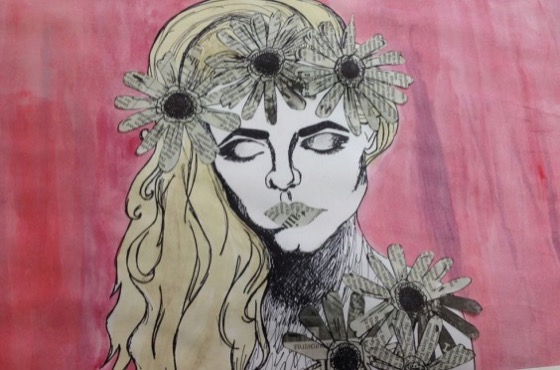
The above piece titled, “Coffee Girl” was done by Jenna, a student in my Art 1 class. This is what she had to say about it on her blog. “In this piece, the problem I had to solve was incorporating newspaper into my artwork. I started by making flowers that I thought looked interesting, and then I decided to make a girl to go with the flowers. After I drew the girl and water colored the background, I made the decision to add more color by painting her hair with coffee. Then I glued the flowers to her hair and made her lips out of newspaper.”
Assessment for TAB courses requires a concept-based approach. Teachers should plan lessons or units centered around learning goals, then assess students’ understanding of those concepts. The work produced might be vastly different, but the concepts taught and assessed are the same. If you’re looking for even more information about Teaching for Artistic Behaviors, be sure to explore the AOEU Class, Choice Based Art Education where we discuss TAB, minimal choice, and everything in between!
Have any questions or tips about TAB assessments? Post them in the comments below.
Magazine articles and podcasts are opinions of professional education contributors and do not necessarily represent the position of the Art of Education University (AOEU) or its academic offerings. Contributors use terms in the way they are most often talked about in the scope of their educational experiences.
